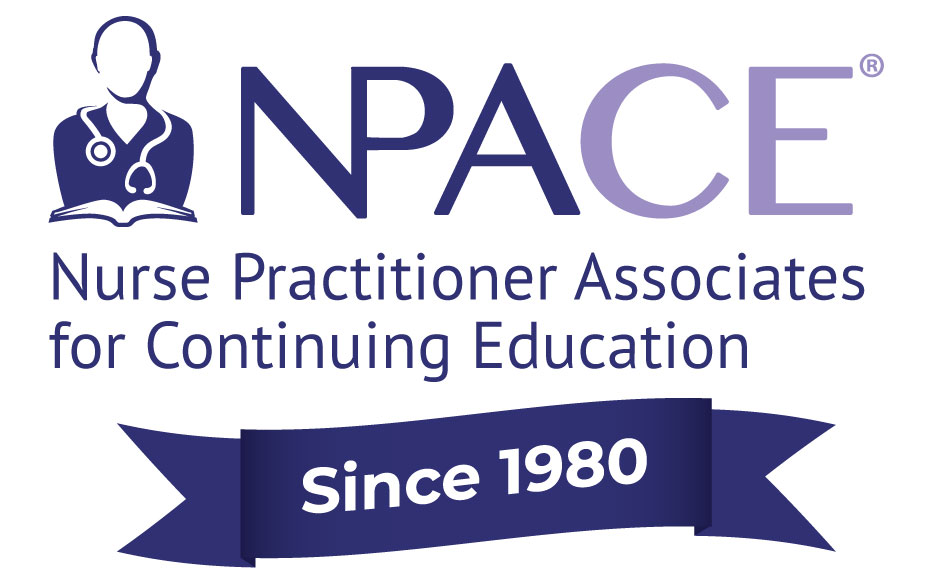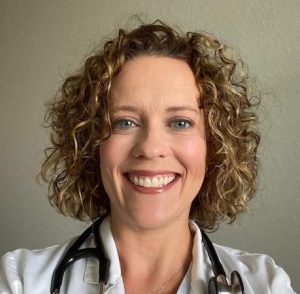'Tis the Season to be SAD
Indira Maurer, DNP, MSN, FNP-C

The crisp fall breeze and falling leaves are often signs of the change of season, the upcoming holidays, and festive occasions. It’s a time associated with joy and cheer. However, for others, this time of year may be a dreaded change that represents sadness and loneliness, also known as seasonal affective disorder (SAD). SAD is a type of depression that presents with the change of seasons. It typically starts in the fall or winter months and resolves during the spring or summer months. Conversely, some people experience episodes of SAD that start in the spring or summer months and resolve during the fall or winter months, although this type of SAD is uncommon.
SAD is most commonly experienced by women and is more prevalent in the northern states, where there are shorter days and longer nights during the fall and winter months2. While the cause is unclear, research has shown that individuals with SAD, particularly winter-pattern SAD, have reduced levels of serotonin. It is thought that sunlight helps maintain normal serotonin levels therefore shorter daylight hours may contribute to decreased serotonin levels in the winter2. Other studies suggest that both forms of SAD relate to altered levels of melatonin2. Individuals with winter-pattern SAD produce too much melatonin, which can increase tiredness and lead to oversleeping while individuals with summer-pattern SAD may have reduced melatonin levels, which lead to reduced sleep quality and depression symptoms2.
Vitamin D deficiency may play a role in exacerbating these symptoms as vitamin D is thought to promote serotonin activity. With the reduced daylight exposure in the winter, people with winter-pattern SAD may have lower vitamin D levels, which further reduces serotonin activity2.
Symptoms of SAD may include1:
-Feeling sad or anxious
-Feelings of hopelessness, guilt, worthlessness, or helplessness
-Loss of interest or pleasure in activities
-Fatigue and decreased energy
-Difficulty concentrating, inability to recall details, difficulty making decisions
-Thoughts of death or suicide
-Oversleeping (Particularly winter-pattern SAD)
-Overeating (Particularly winter-pattern SAD)
-Weight gain (Particularly winter-pattern SAD)
-Social withdrawal
-Insomnia (Particularly summer-pattern SAD)
-Reduction in appetite (Particularly summer-pattern SAD)
-Weight loss (Particularly summer-pattern SAD)
-Irritability and agitation
What are the options… how is SAD treated?
-Light therapy focuses on exposing individuals with winter-pattern SAD to a bright light source (lightbox) to replace the reduction of natural sunlight during the darker months in the fall and winter2. For light therapy, the individual is exposed to the light source for 30−45 minutes2. This is typically done first thing in the morning and is done daily from fall to spring2.
-Psychotherapy can help individuals with SAD using cognitive behavioral therapy (CBT) by teaching them alternate ways of thinking and behaving, changing certain habits that may contribute to depression2.
-SSRIs are the preferred antidepressants for managing SAD symptoms due to their ability to increase levels of serotonin2. SSRIs may be used alone or in combination with talk therapy to manage SAD symptoms2.
-Due to the decreased vitamin D levels in individuals with winter-pattern SAD, vitamin D supplementation may be beneficial in improving symptoms of winter-pattern SAD2.
-SAD is more than just the “winter blues.” The symptoms can be stressful and overpowering and can interfere with an individual’s daily functioning. Recognizing the symptoms and reaching for the treatment options available, we can help ensure all our patients’ seasons are indeed jolly!
References:
Seasonal affective disorder (SAD). SAMHSA. April 4, 2023. https://www.samhsa.gov/mental-health/seasonal-affective-disorder.
Seasonal affective disorder. National Institute of Mental Health. 2023. https://www.nimh.nih.gov/health/publications/seasonal-affective-disorder.










